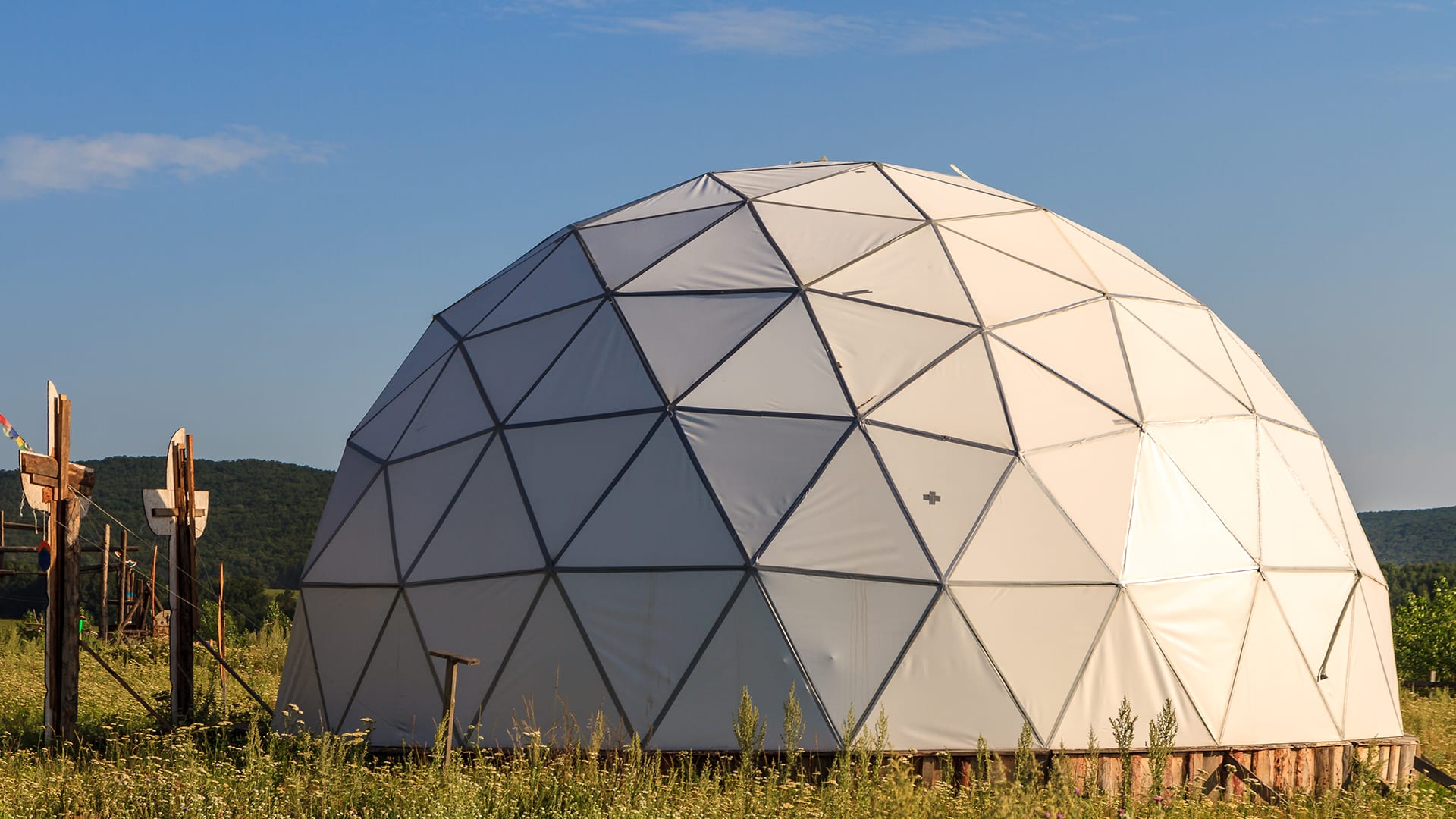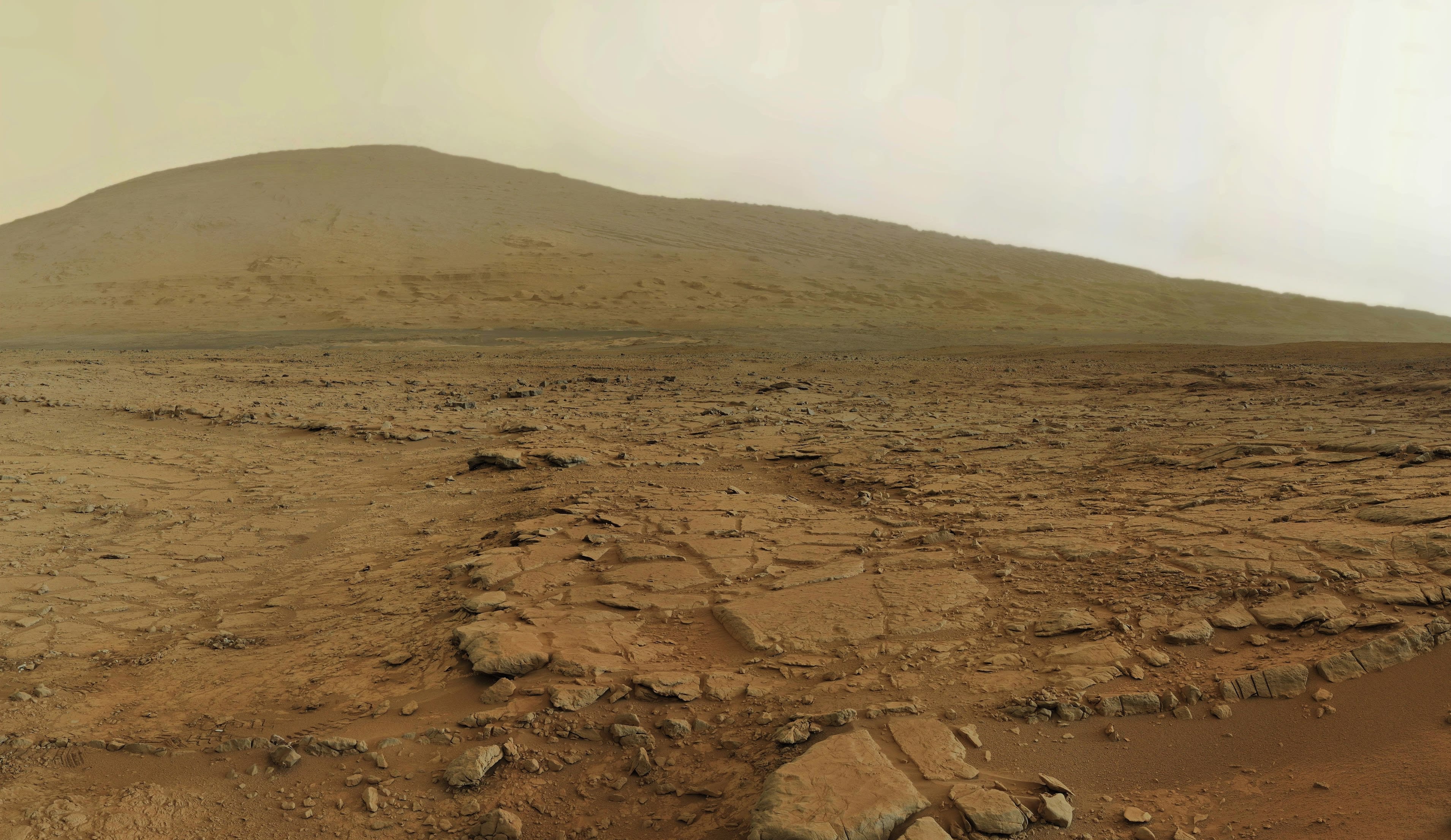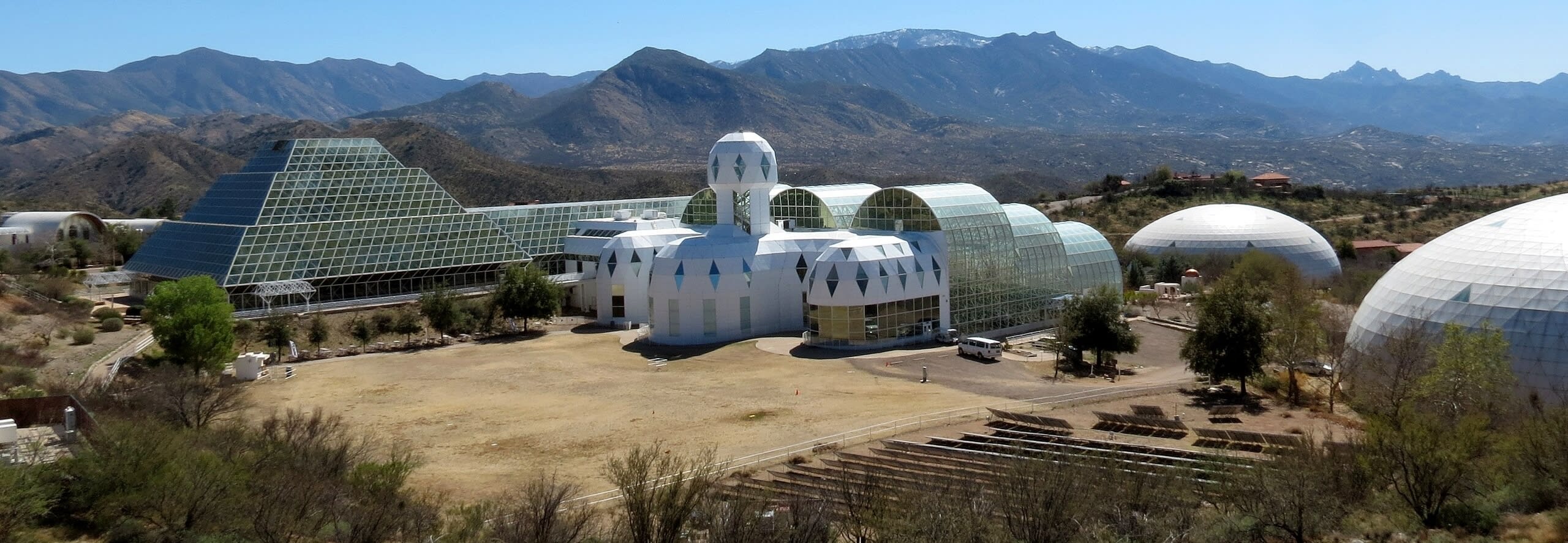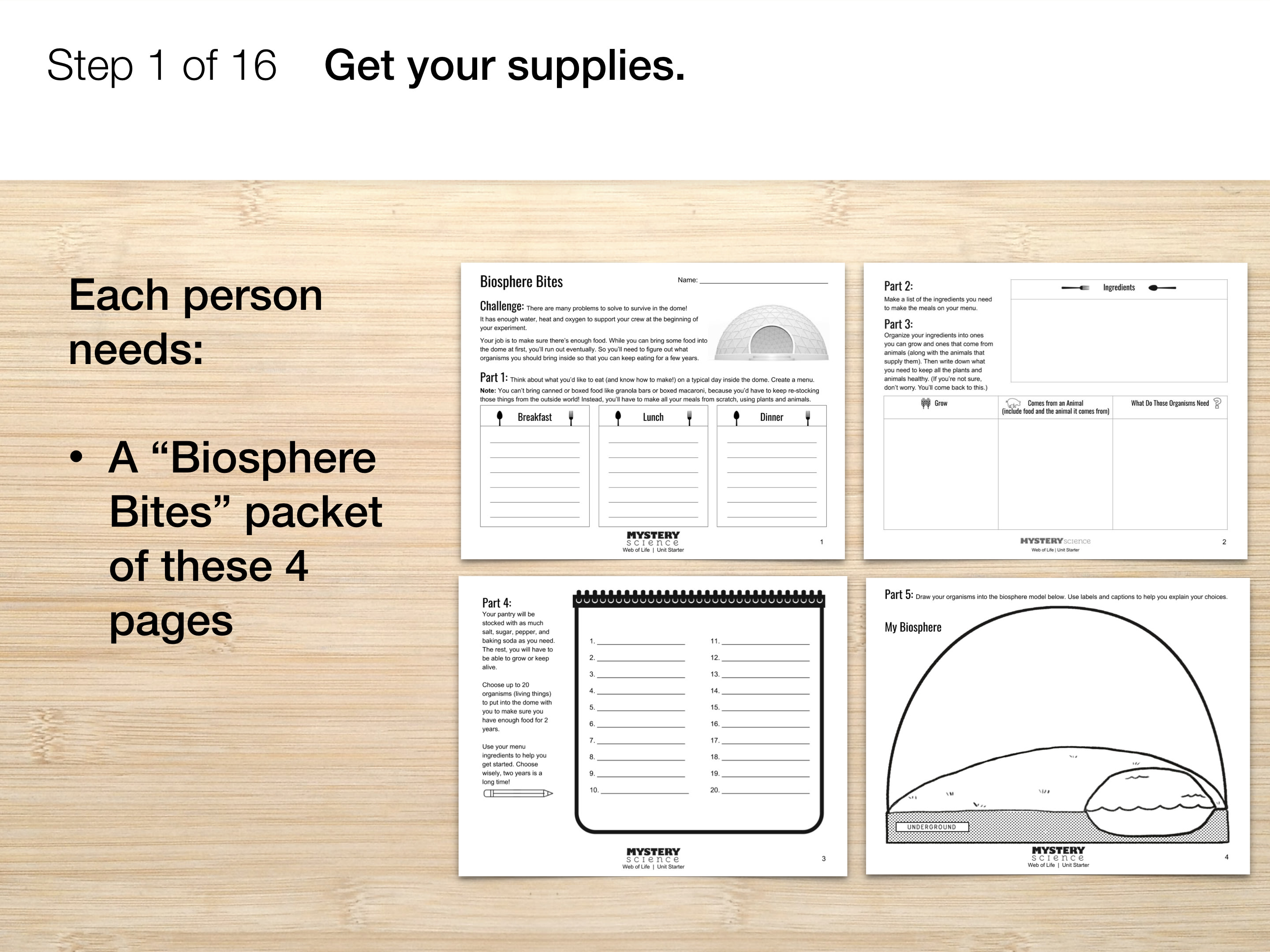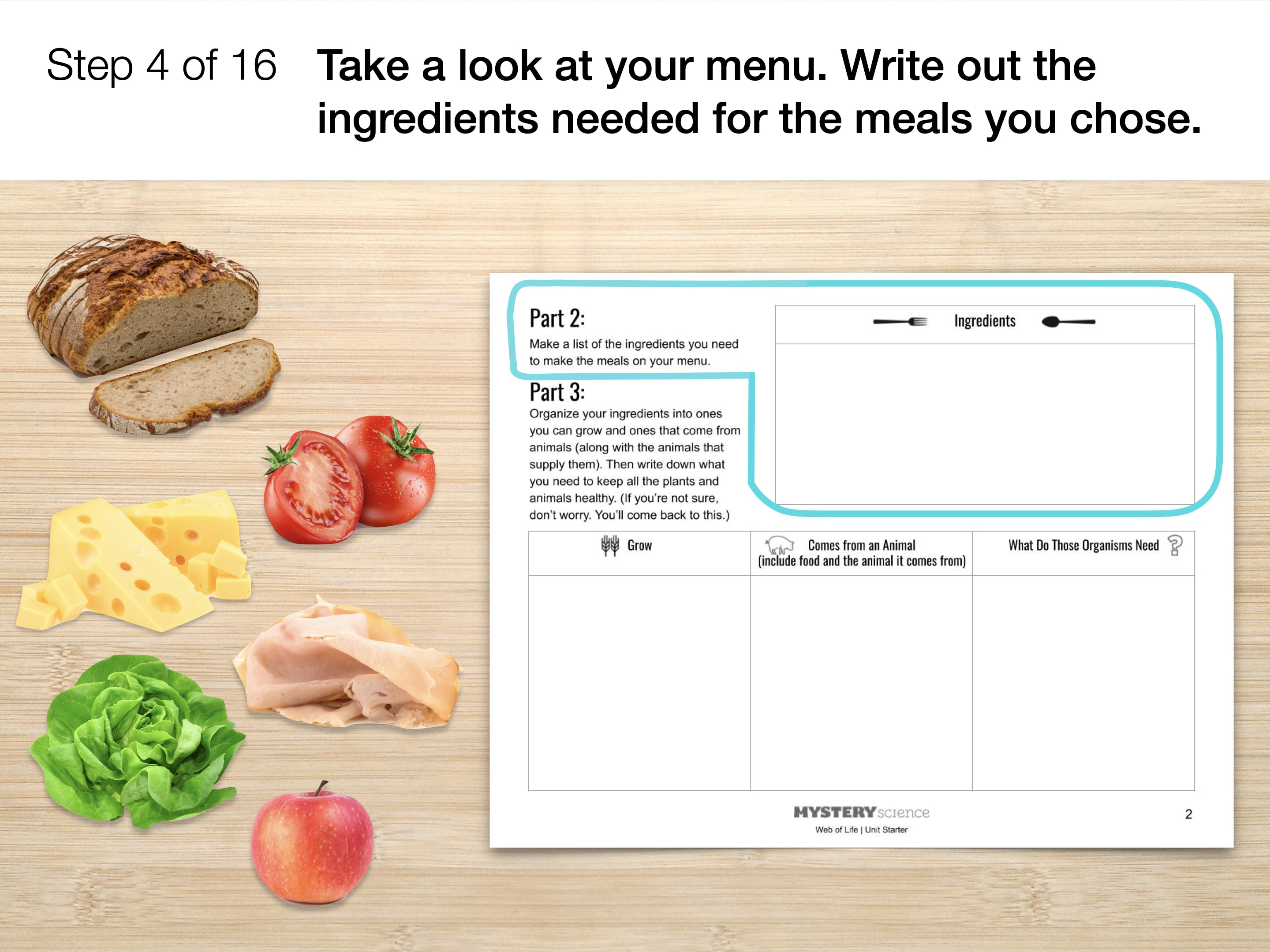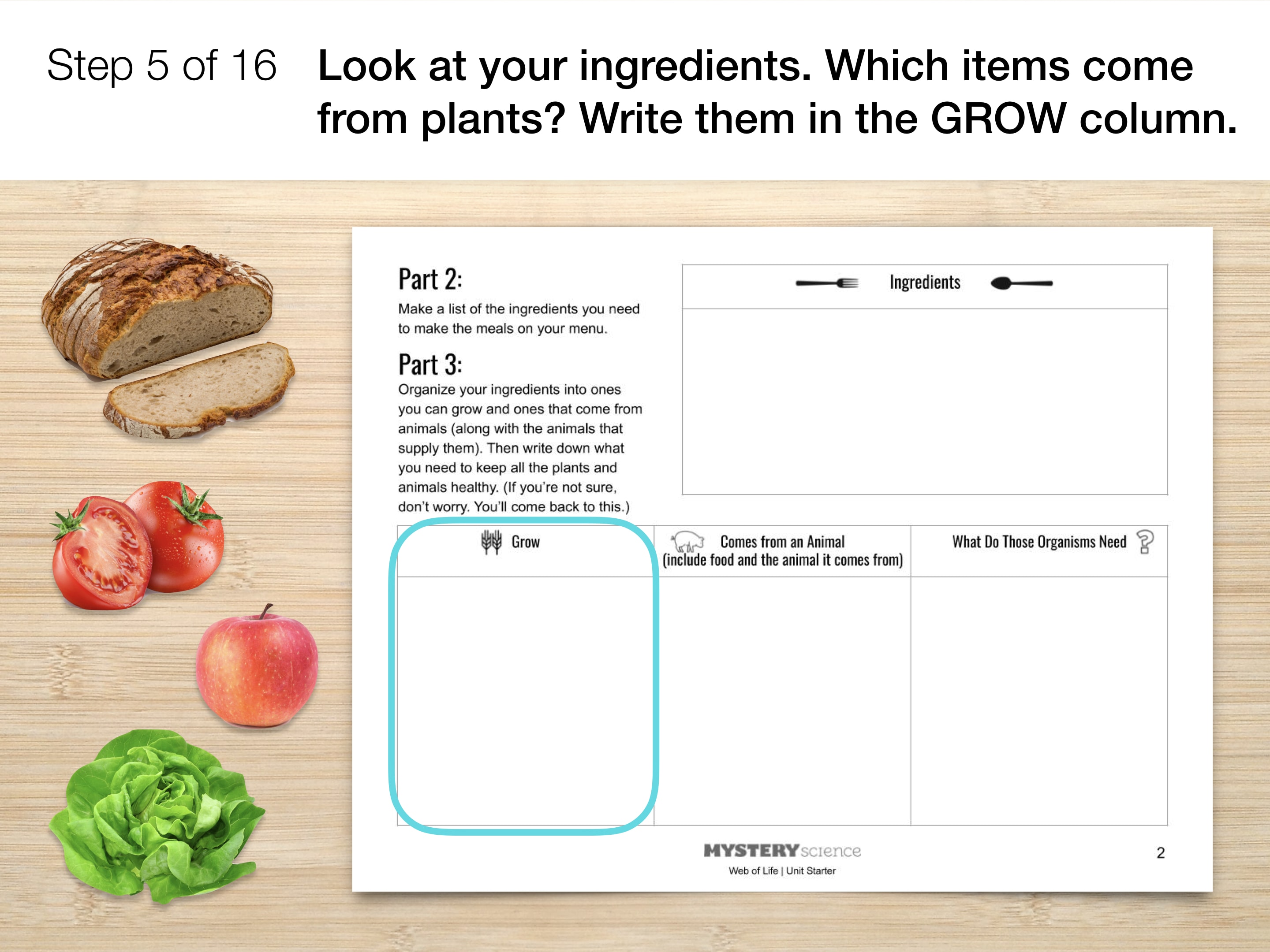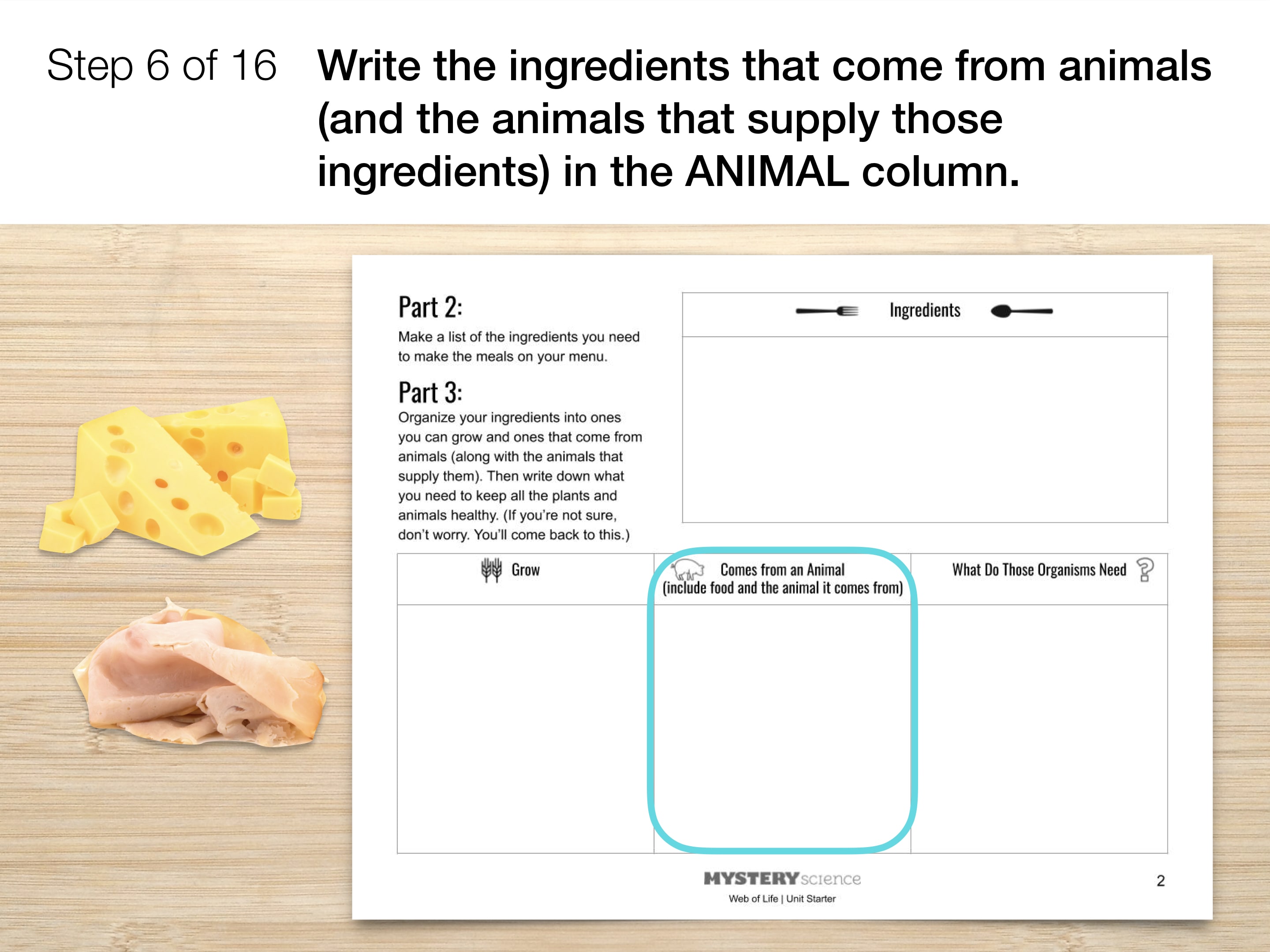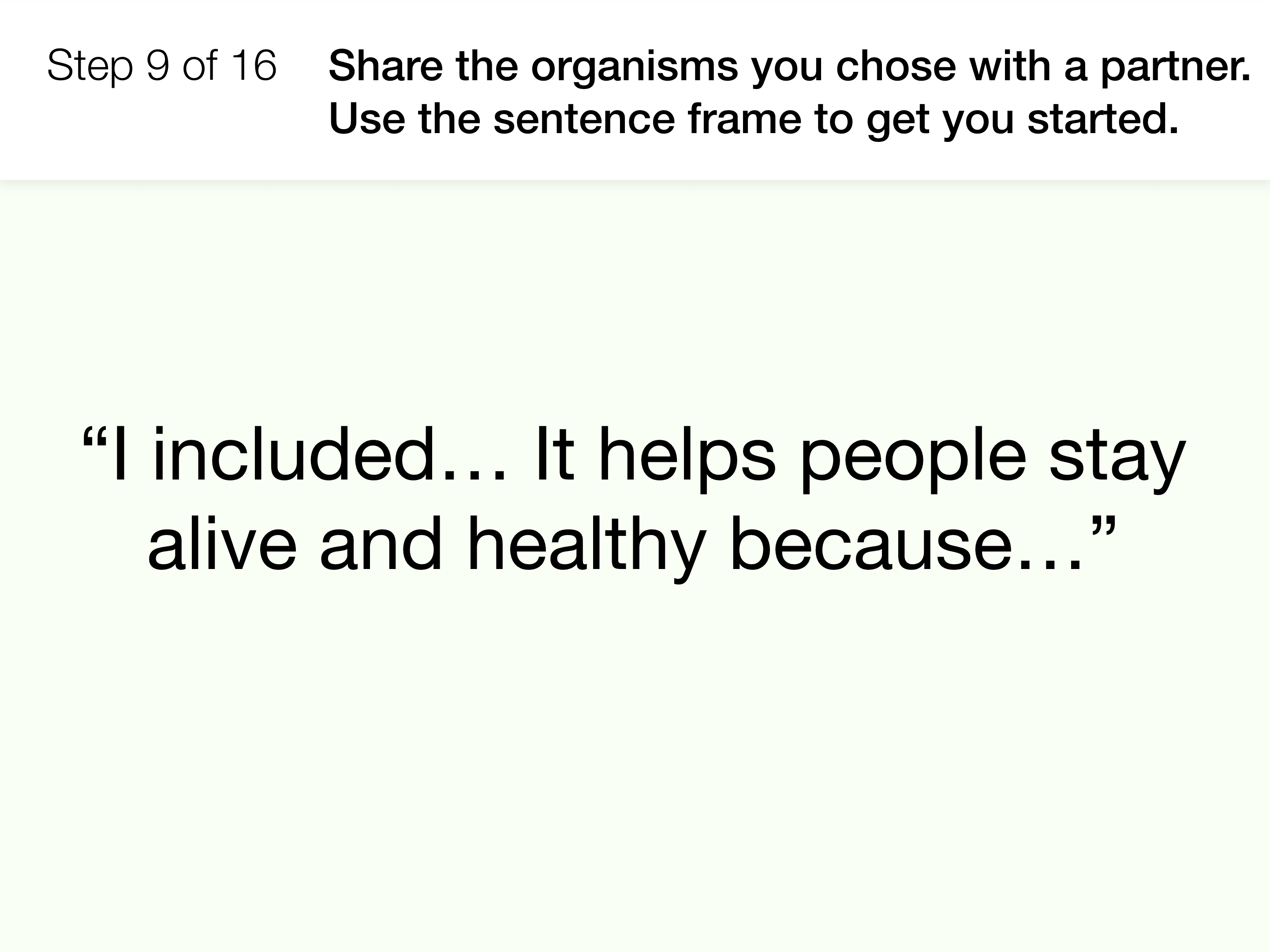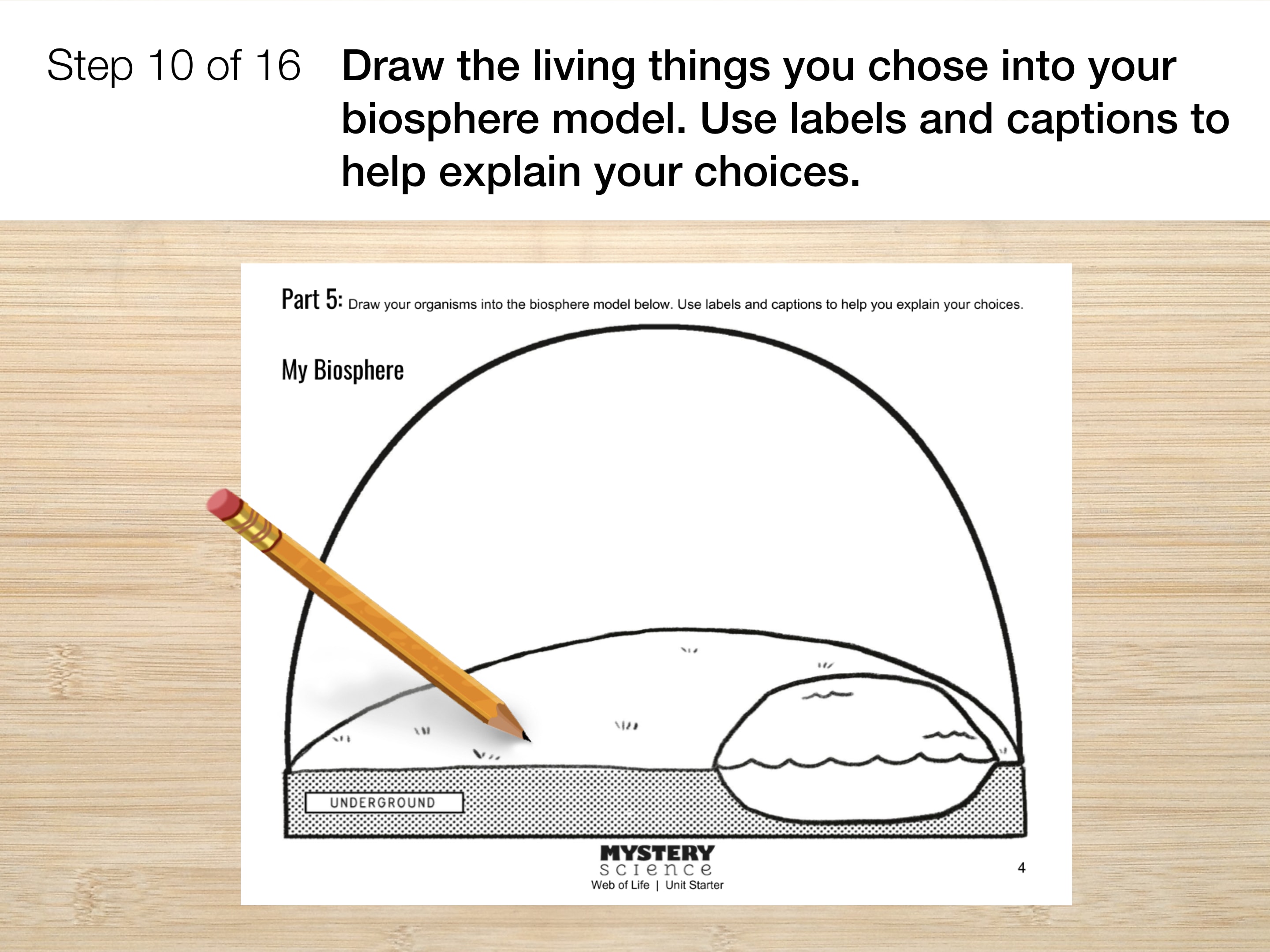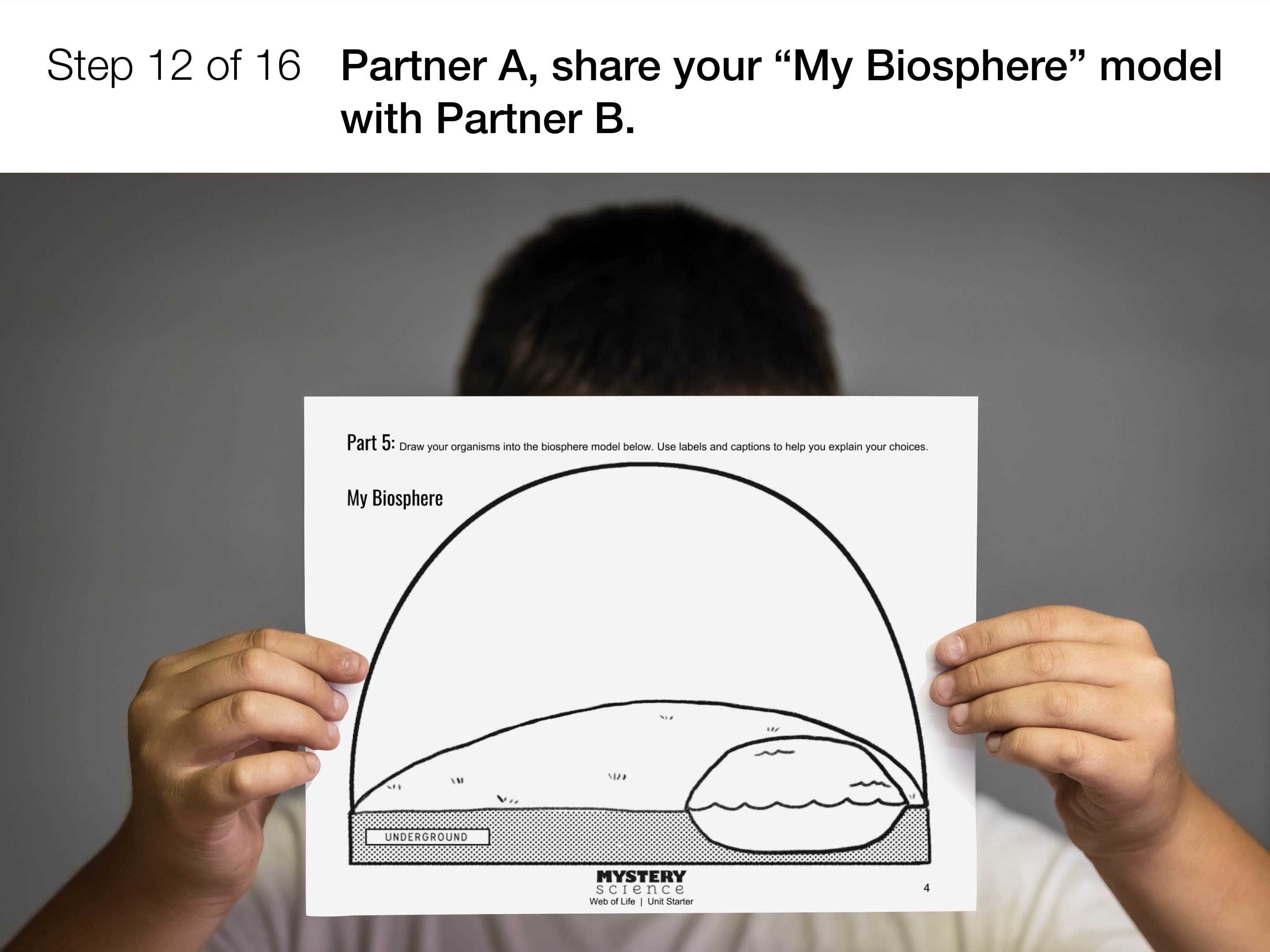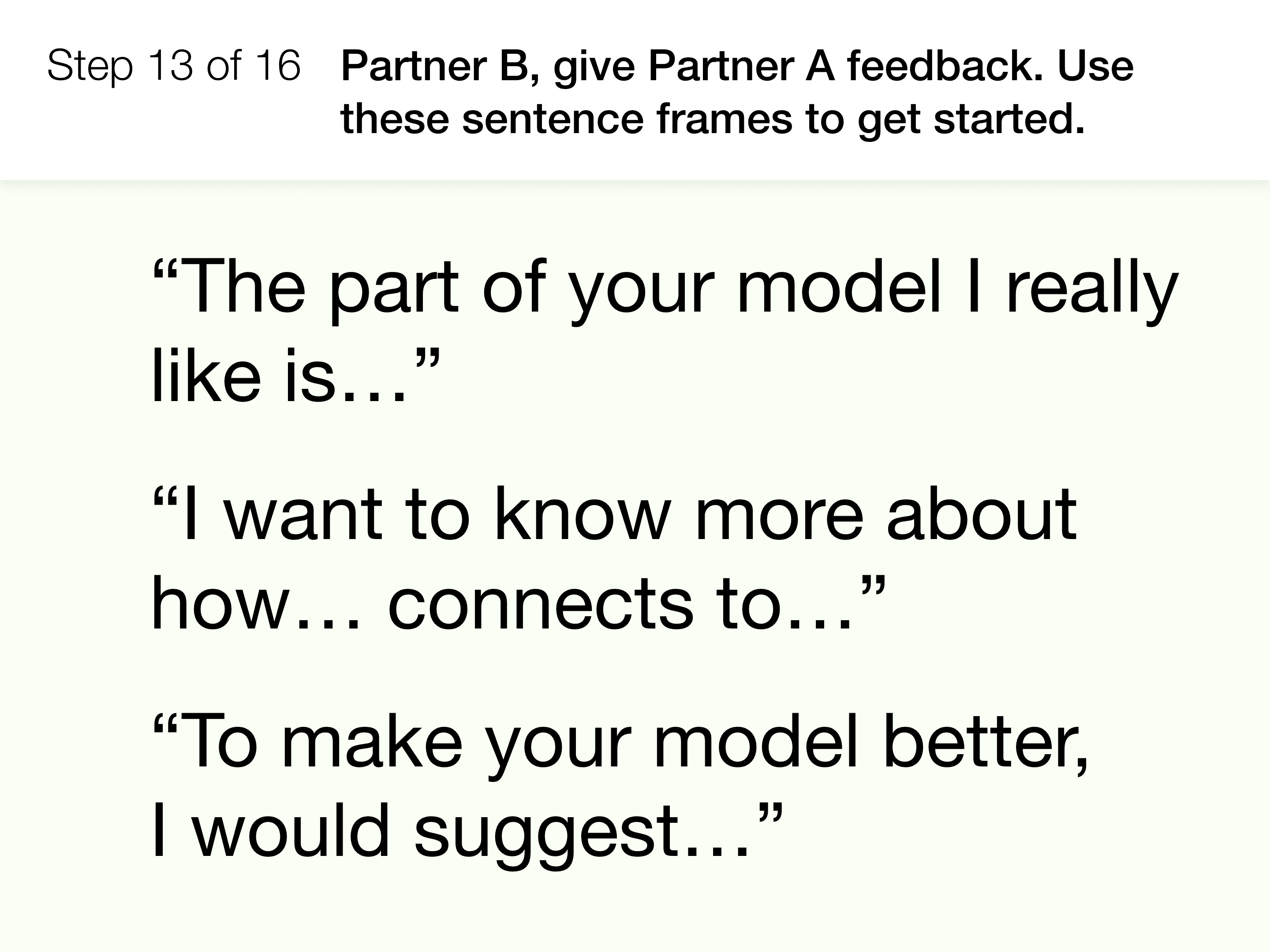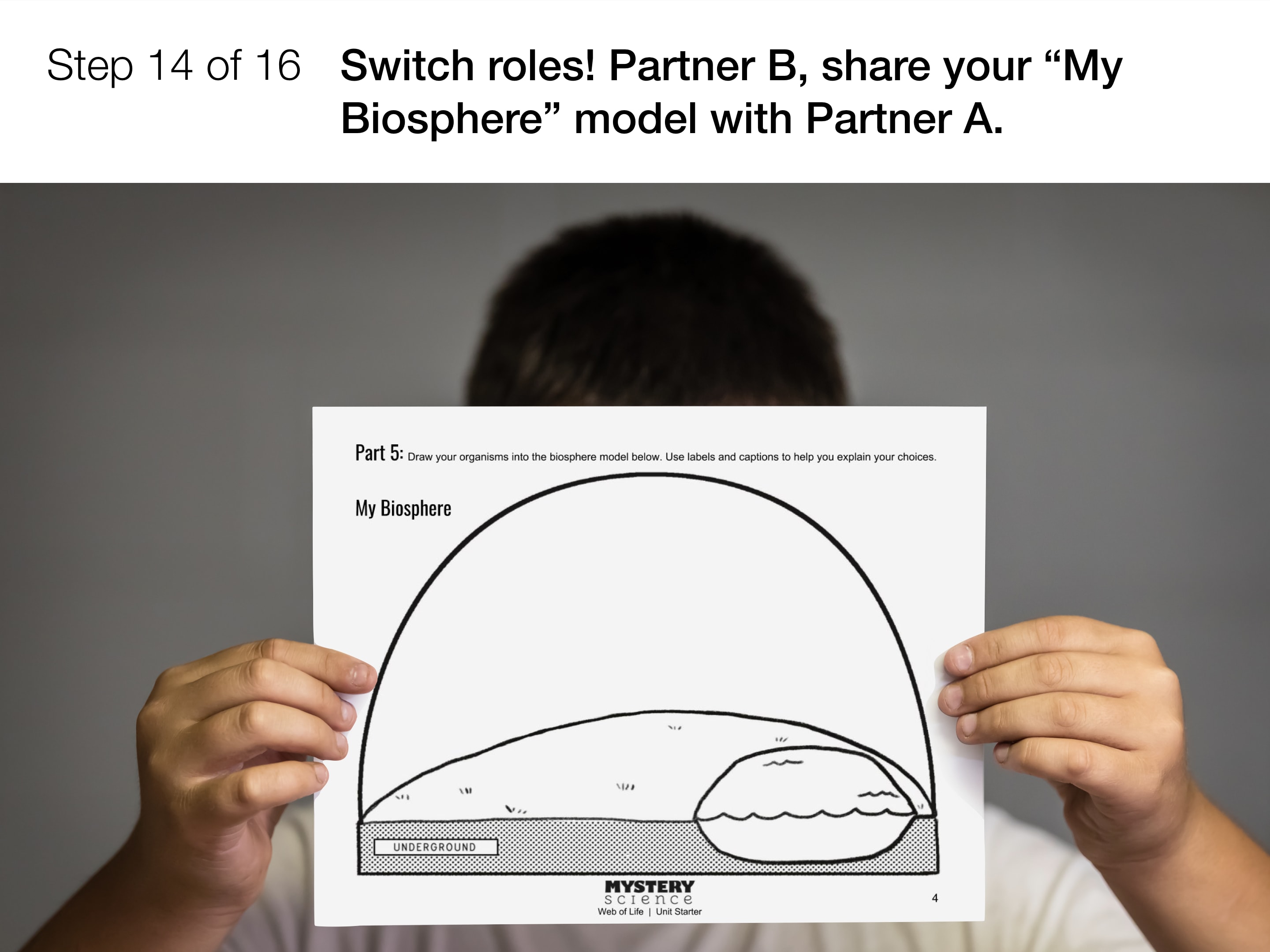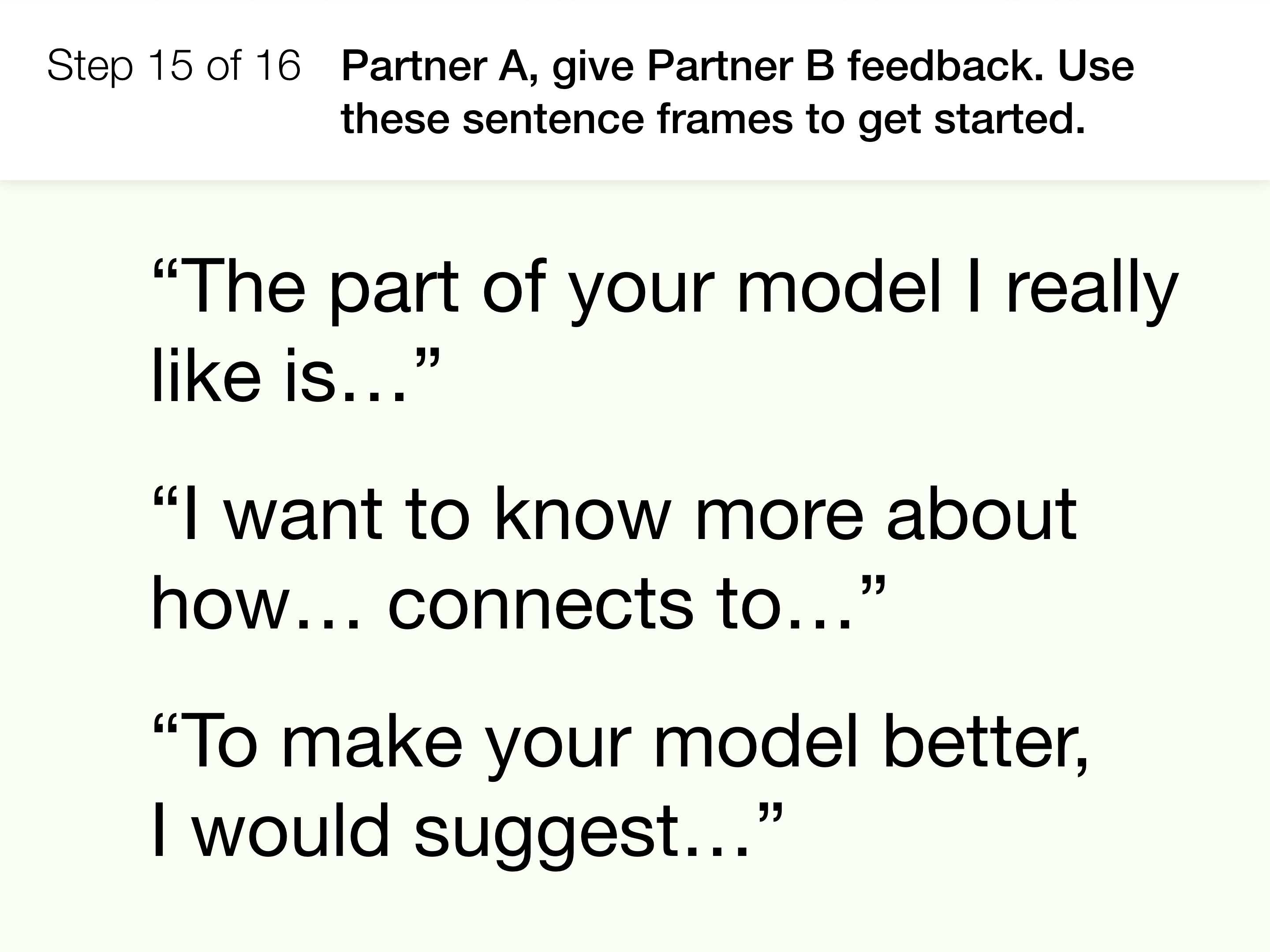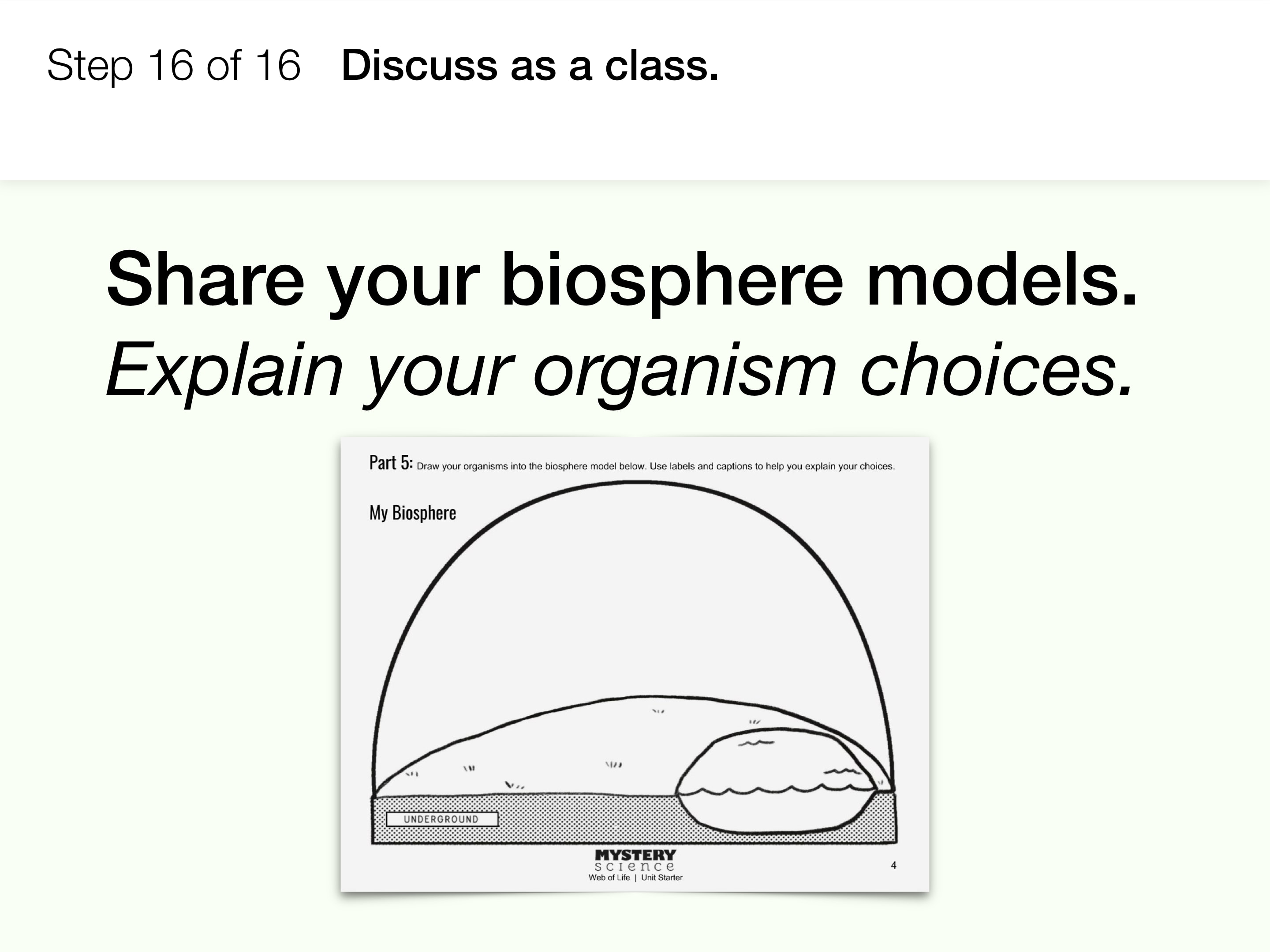Image & Video Credits
Mystery Science respects the intellectual property rights of the owners of visual assets.
We make every effort to use images and videos under appropriate licenses from the owner or by
reaching out to the owner to get explicit permission. If you are the owner of a visual and
believe we are using it without permission, please
contact us—we will reply promptly and make
things right.
Other
Approaching the Hills by
Image used under public domain: NANA, Cornell,JPL
, used under Public Domain
Biosphere 2 by
Image used under public domain: Daderot
Boy holding up blank paper by
Image used under license from Shutterstock.com: Moonborne
Fresh bread isolated by
Image used under license from Shutterstock.com: Simm49
Green butter lettuce by
Image used under license from Shutterstock.com: Boonchuay1970
Ice dome design by
Image used under public domain: NANA, Cornell,JPL
Jack Russel and Rottweiler by
Image used under license from Shutterstock.com: SikorskiFotographie
One red apple on a white background by
Image used under license from Shutterstock.com: Igor_Shevchenko
PPPencil02 by
Image used under license from Shutterstock.com: JohannPoufPouf
Piece of cheese isolated by
Image used under license from Shutterstock.com: Azure1
Sliced chicken blub sandwich by
Image used under license from Shutterstock.com: Michael C. Gray
Tomatoes, whole and a half by
Image used under license from Shutterstock.com: Tim UR
Turkey deli cut isolated on white by
Image used under license from Shutterstock.com: Kelly vanDellen
